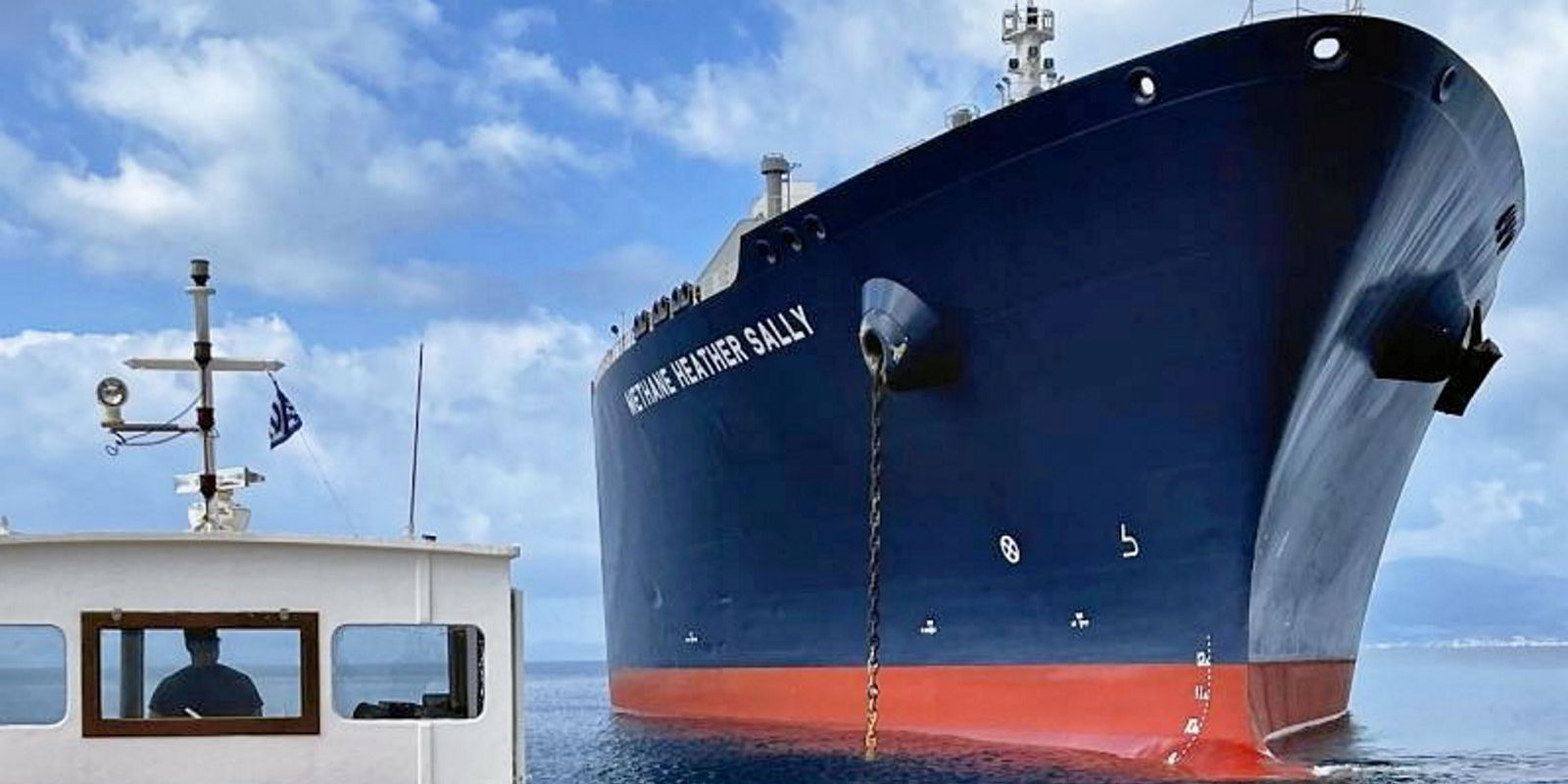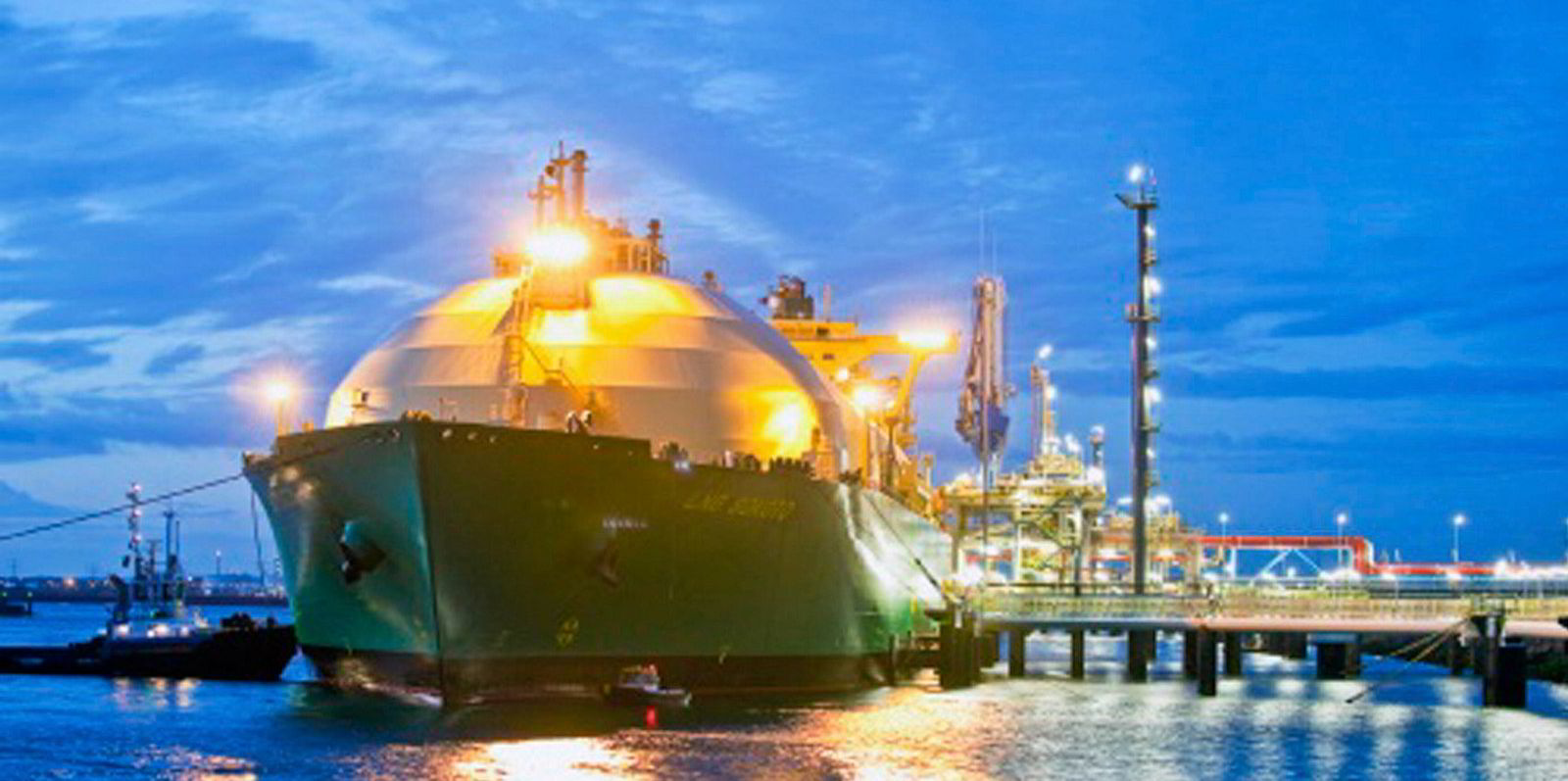Shipowners with steam-turbine and dual or tri-fuelled diesel-electric LNG tonnage are increasing their fleet-renewal efforts as they stare down incoming new emissions regulations and confront the implications of elevated gas prices.
The time frame depends on the strategy and approach of each company, with many preferring a low-profile approach.
Nigeria LNG recently floated three of its oldest ships for sale and GasLog has agreed a deal on one of its steamships with an Indonesian buyer.
The moves have the potential to create a more active secondhand LNG carrier sales market than previously seen in this sector.
Many of the steamships, which still account for more than 200 vessels — roughly one-third of the trading fleet — are redelivering from long-term charters. Brokers said they will need expensive dry-dockings to trade on as the incoming Energy Efficiency Existing Ship Index and Carbon Intensity Indicator regulations kick in from 1 January 2023.
The oldest vessels are largely paid down and owners are reluctant to scrap them — just one LNG carrier has been sent for demolition in 2022 — preferring instead to find conversion or regional trading opportunities for them.
Market players are widely predicting a tight LNG shipping market for at least the next 18 months.
In the high-priced gas environment, the economics of modern two-stroke LNG carriers overwhelm their older cousins to the extent that charterers have idled them in favour of newer ships.
A steamship typically offers a cargo boil-off rate of 0.15% per day compared with 0.075% per day in a modern ship, which is also likely to be fitted with a reliquefaction system — further increasing the volume of LNG it can deliver. In addition, the newer ship will be of a larger capacity.
Based on gas prices in early August, Affinity (Shipping) brokers said a single LNG cargo is valued at more than $200m. But at these levels, a two-stroke can deliver up to $35m-worth of LNG over a diesel-electric vessel.
But while charterers might be hankering for modern two-stroke ships, they are in short supply.
Affinity said there are none available for the rest of 2022 or the first half of the following year, with only three to four vessels showing open in the latter six months of 2023.
“The future is definitely dimmer and getting dimmer for steamships,” the broker said.
But, equally, in a market with limited newbuilding availability and high demand for tonnage, albeit with a preference for modern ships, the older LNG carriers will still be required for some years to come.




